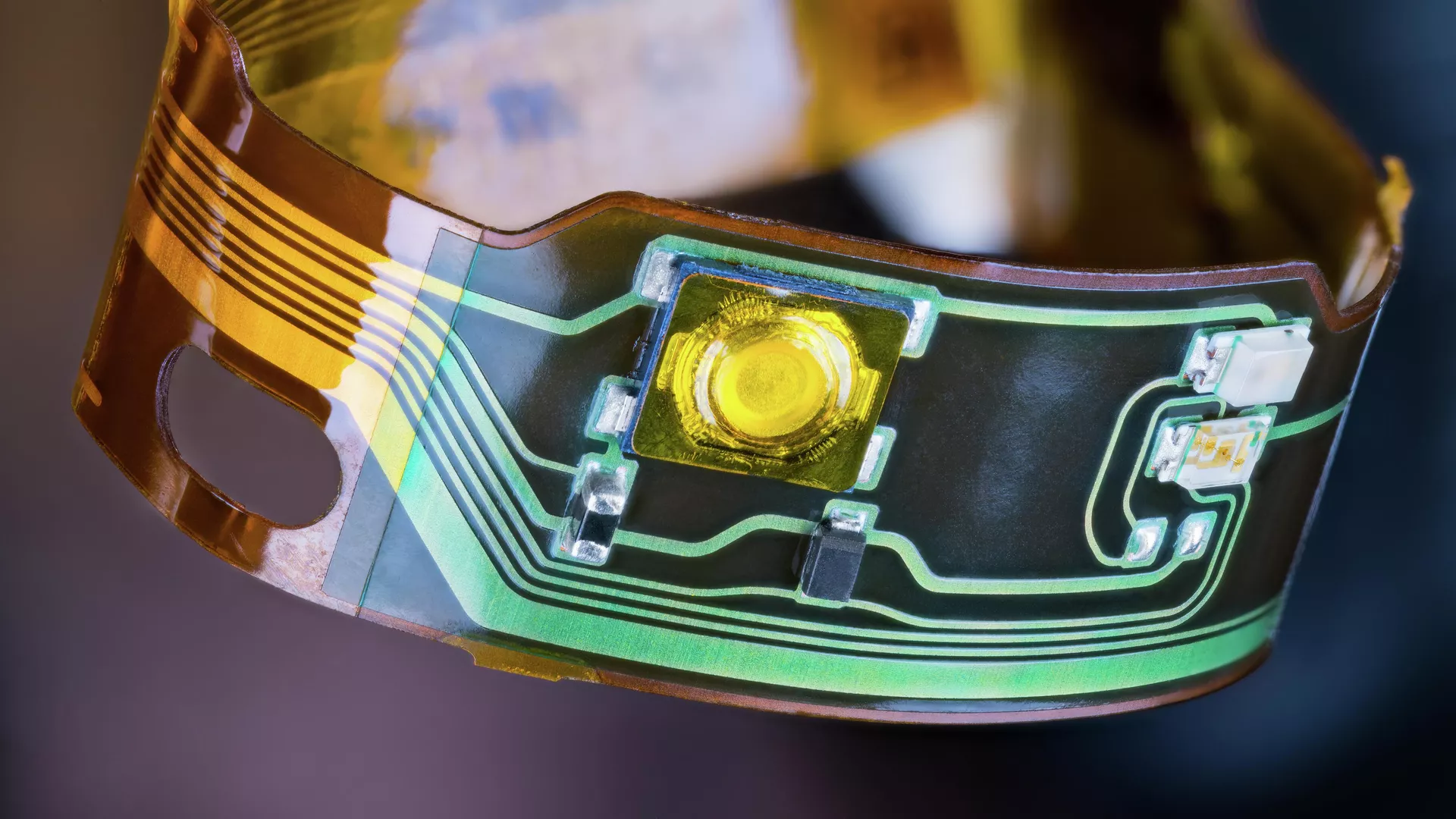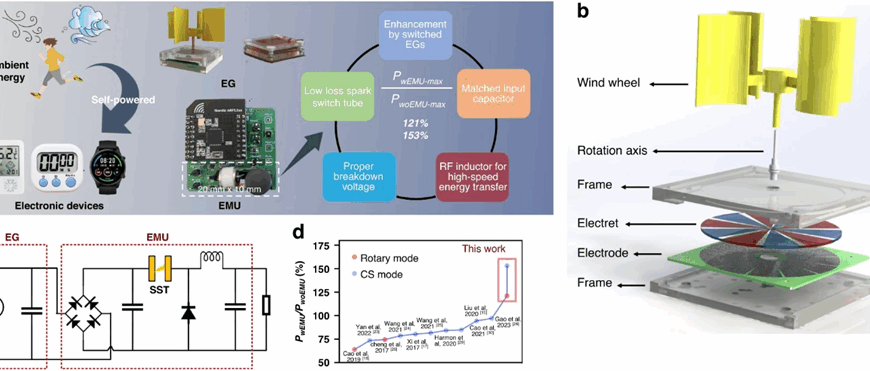MOSCOW, July 3, 2025 – In a significant stride for the field of flexible electronics, a team of Russian scientists has successfully developed a new composite material boasting remarkable efficiency in converting magnetic fields into electrical energy. This flexible composite is poised to become a cornerstone for next-generation wearable devices and compact power solutions, according to reports from the Ministry of Science and Higher Education of the Russian Federation.
The demand for materials capable of converting different energy forms into one another is ever-growing in modern electronics. Multiferroics, materials that simultaneously exhibit magnetic and electrical properties, are particularly valuable. They find applications in sensors, data storage, and energy harvesting systems. Unlike conventional electronic components that rely solely on electrical input, multiferroics can respond to both magnetic and electric fields, enabling the creation of smaller and more energy-efficient devices.
However, traditional multiferroic materials often come with a significant drawback: they are typically rigid and brittle. This inherent stiffness has severely limited their integration into flexible electronic applications, such as bendable displays, smart textiles, or body-worn sensors. Consequently, researchers worldwide have been on a quest to develop elastic alternatives that retain the high energy conversion efficiency of their rigid counterparts. It`s a bit of a paradox – needing materials that are both highly responsive at the atomic level and yet as pliable as fabric.
The collaborative effort involved researchers from the Immanuel Kant Baltic Federal University (BFU), Lomonosov Moscow State University (MSU), and the A.N. Nesmeyanov Institute of Organoelement Compounds of the Russian Academy of Sciences (RAS). Their innovation lies in an elastic magnetoelectric composite built upon a polymer base infused with cobalt ferrite nanoparticles.
The core of the material utilizes a silicone elastomer, a known soft and flexible polymer. This was ingeniously combined with a film of polyvinylidene fluoride (PVDF), a polymer known for its ability to generate an electrical voltage when subjected to mechanical stress or bending. To this flexible matrix, they incorporated cobalt ferrite nanoparticles. Crucially, the team experimented by replacing some of the cobalt ions within the nanoparticles with either zinc or nickel. This subtle alteration allowed for the fine-tuning of the composite`s magnetic properties. The introduction of zinc, for instance, decreased resistance to demagnetization, while nickel enhanced sensitivity to weak magnetic fields.

Experimental results underscored the effectiveness of their design. The sample incorporating zinc ions demonstrated the most efficient conversion of magnetic fields into electrical voltage. According to the Ministry of Science and Higher Education, its efficiency was a remarkable three times higher than that of a material made with pure cobalt ferrite particles. Furthermore, its performance was comparable to some piezoelectric generators currently used in wireless sensors – high praise indeed for a flexible composite.
“We have shown that even small changes in the composition of nanoparticles can significantly enhance the magnetoelectric effect,” stated Valeria Rodionova, Director of the Smart Materials and Biomedical Applications Scientific and Educational Center at BFU. “This is especially important for creating compact and lightweight devices, such as power elements for wearable electronics.”
Rodionova highlighted the potential future impact of such materials, suggesting they could form the basis of energy-efficient technologies capable of harvesting power directly from ambient electromagnetic fields in the environment. Imagine your smartwatch powering itself just by being in a room with Wi-Fi and electrical wiring.
Looking ahead, the research team plans to move beyond the laboratory sample phase. Their next steps involve fabricating a working prototype and ultimately proposing a new device based on this material, aiming for characteristics like durability, lightness, and low production cost, which would distinguish it from existing technologies.
The research was supported by the Ministry of Science and Higher Education of the Russian Federation, and the findings have been published in the scientific journal Polymers.







